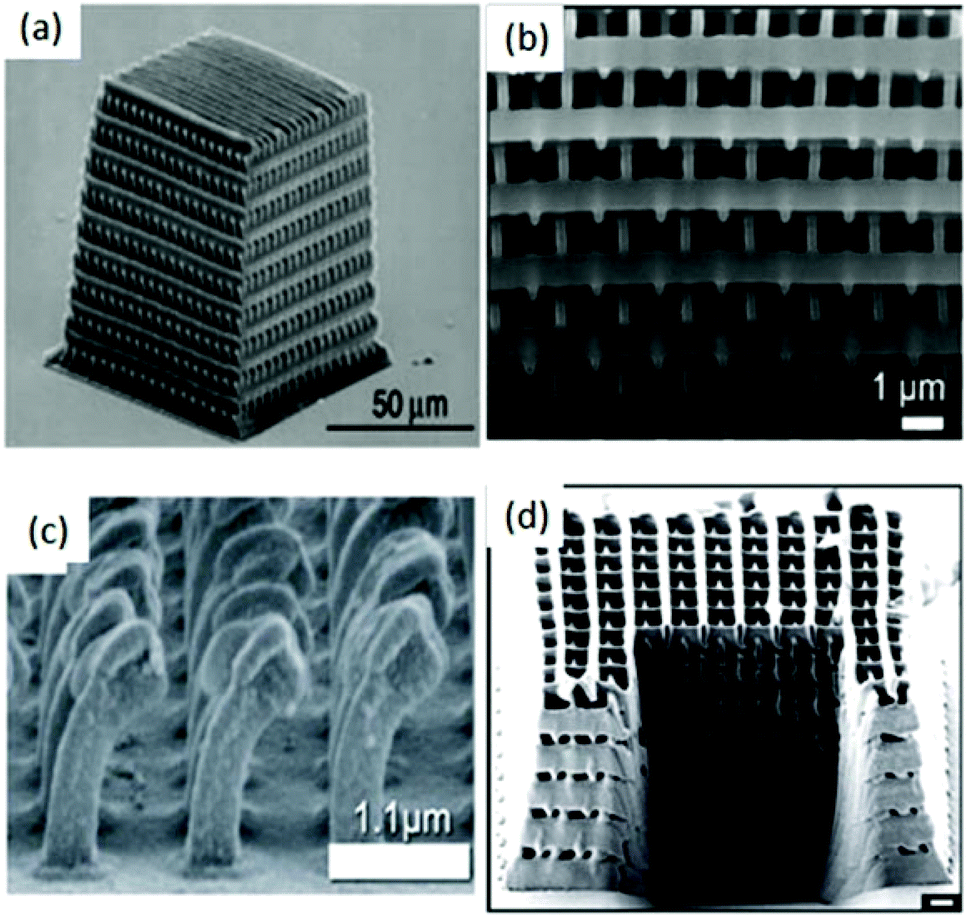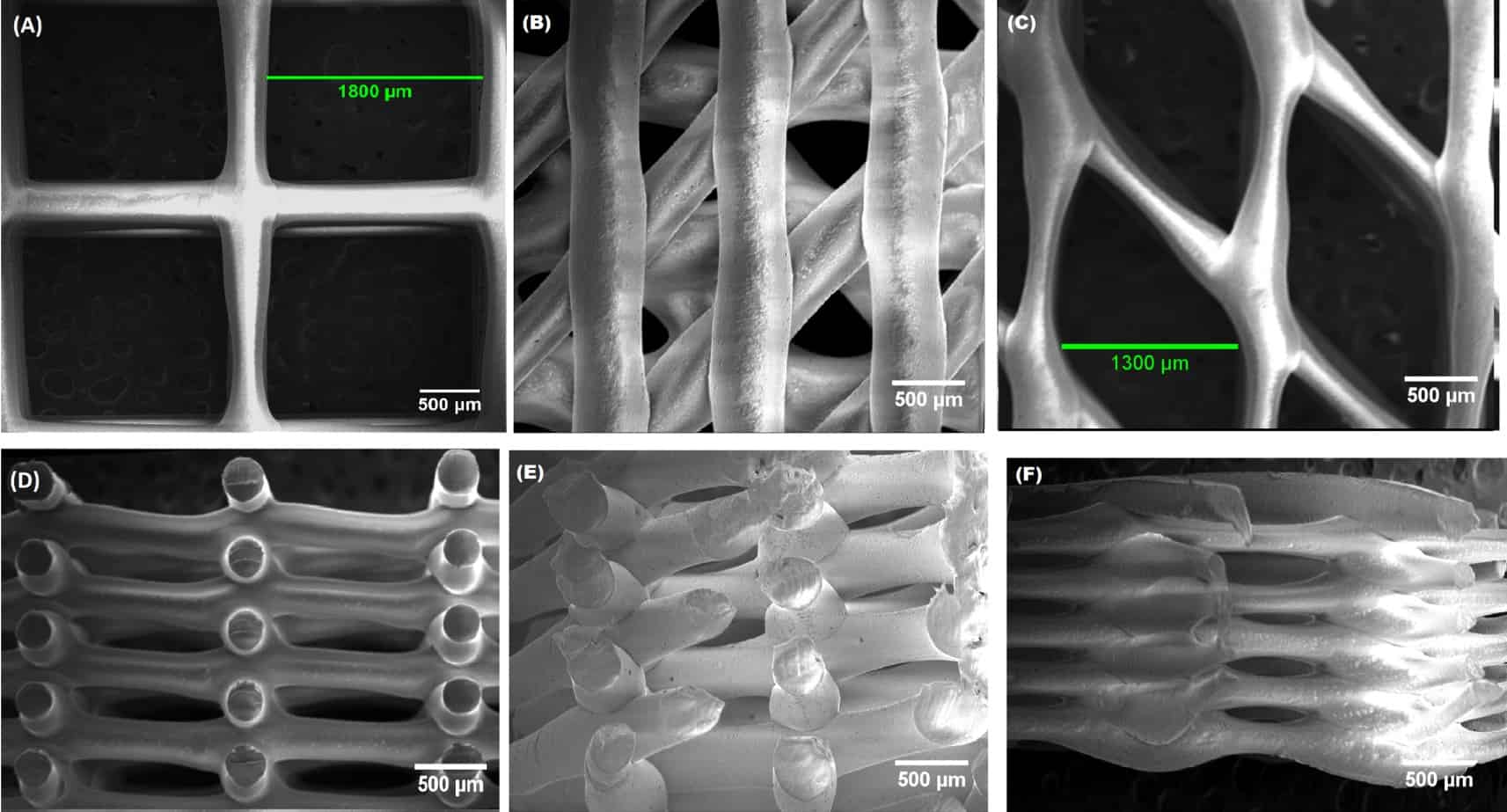

Recent advances in 3D printing of biomaterials. Partial bone formation in additive manufactured porous implants reduces predicted stress and danger of fatigue failure. 45S5 Bioglass-derived glass-ceramic scaffolds for bone tissue engineering. Enhanced osteogenesis of human mesenchymal stem cells by periodic heat shock in self-assembling peptide hydrogel. Surface functionalization of Bioglass-derived porous scaffolds.

A new sol-gel process for producing Na(2)O-containing bioactive glass ceramics.

3D porous calcium-alginate scaffolds cell culture system improved human osteoblast cell clusters for cell therapy.

Osteoblast and osteocyte: Games without frontiers. Tissue engineering with the aid of inkjet printers. The impact of bioceramic scaffolds on bone regeneration in preclinical in vivo studies: A systematic review. In vitro three-dimensional bone tissue models: from cells to controlled and dynamic environment. Bone tissue engineering using 3D printing. Recent advances in bone tissue engineering scaffolds. 3-D bioprinting technologies in tissue engineering and regenerative medicine: Current and future trends. Selection of animal models for pre-clinical strategies in evaluating the fracture healing, bone graft substitutes and bone tissue regeneration and engineering. Silk scaffolds in bone tissue engineering: An overview. Impact of gentamicin-loaded bone graft on defect healing in a sheep model. BMP signaling in mesenchymal stem cell differentiation and bone formation. Biological laser printing: A novel technique for creating heterogeneous 3-dimensional cell patterns. Autograft, allograft, and bone graft substitutes. Mammalian skeletogenesis and extracellular matrix: What can we learn from knockout mice? Cell Struct. Functional characterization of chitin and chitosan. Acidic peptide hydrogel scaffolds enhance calcium phosphate mineral turnover into bone tissue. Metallic Scaffolds for bone regeneration. A comprehensive review of biodegradable synthetic polymer-ceramic composites and their manufacture for biomedical applications. Scaffolds from biomaterials: Advantages and limitations in bone and tissue engineering. Biomaterial strategies for engineering implants for enhanced osseointegration and bone repair. Fabrication and characterization of poly( d, l-lactide-co-glycolide)/hydroxyapatite nanocomposite scaffolds for bone tissue regeneration. In vivo bioactivity of rhBMP-2 delivered with novel polyelectrolyte complexation shells assembled on an alginate microbead core template. This review aims to summarize the advances in scaffold fabrication techniques, emphasizing 3D printing of biomimetic bone grafts.Ībbah, S. The future bone replacement for patients holds excellent promise as scientists are moving closer to the generation of better 3D printed bio-bone grafts that will be safer and more effective. The advent of new-generation bioprinters working with high-precision, micro-dispensing and direct digital manufacturing is aiding in ground-breaking organ and tissue printing, including the bone. 3D printing has significant advantages, the foremost of all being faster manipulation of various biocompatible materials and live cells or tissues into the complex natural geometries necessary to mimic and stimulate cellular bone growth. With the advent and rise of additive manufacturing technologies, the future of repairing bone trauma and defects seems to be optimistic. Traditionally used bone graft substitutes including metals, biomaterial coated metals and biodegradable scaffolds, suffer from persistent limitations. The biology of the bone is quite complex regarding cellular composition and architecture, hence developing a mineralized connective tissue graft is challenging. The need for bone grafts is tremendous, and that leads to the use of autograft, allograft, and bone graft substitutes.


 0 kommentar(er)
0 kommentar(er)
